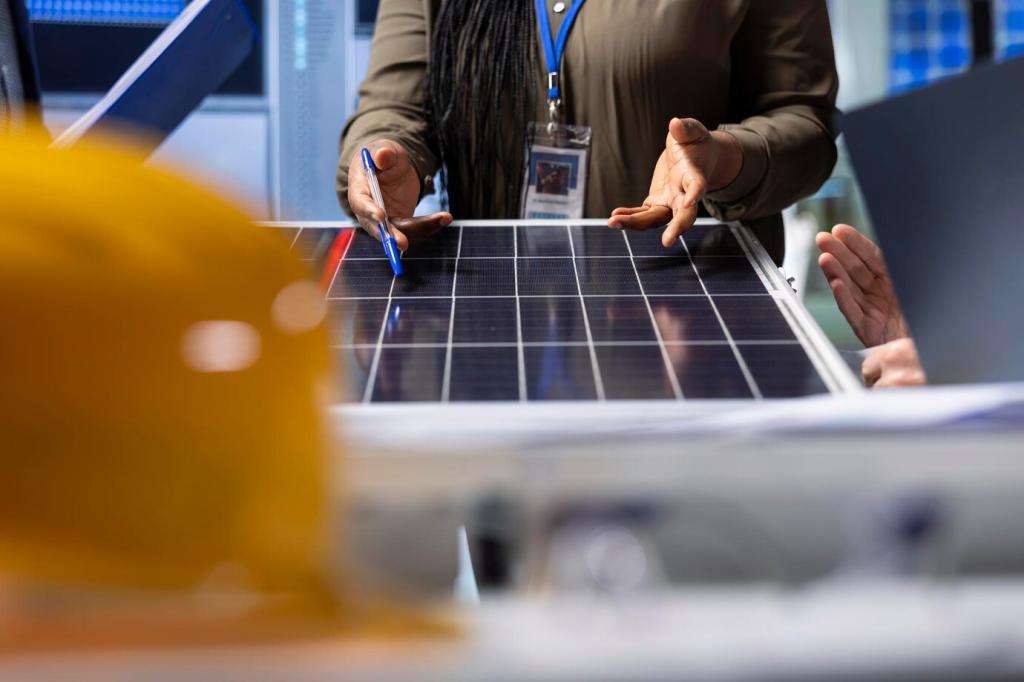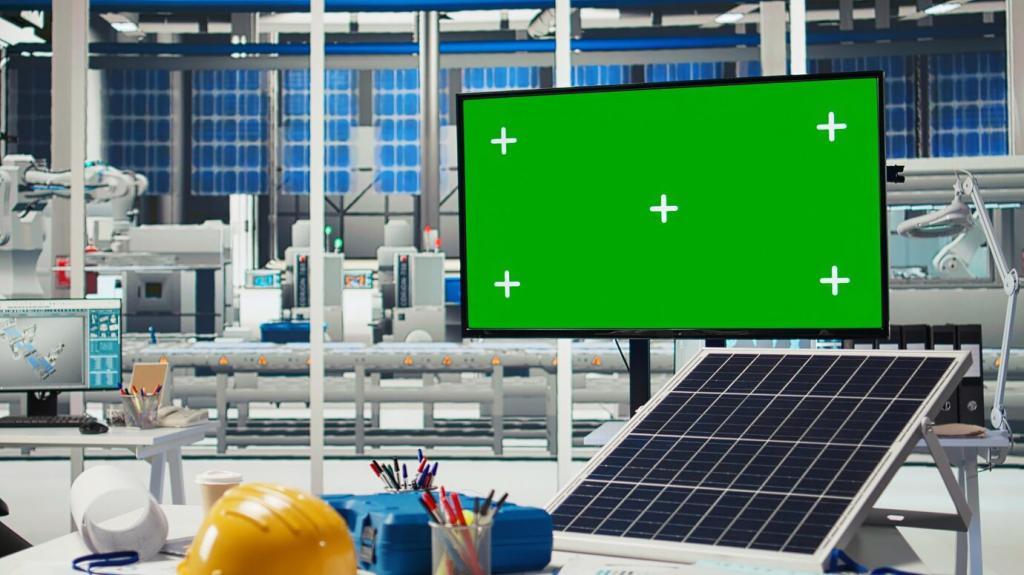Understanding Solar Panel Warranties and Guarantees
Welcome! We are diving deep into the promises that protect your investment and your peace of mind. Today’s chosen theme: Understanding Solar Panel Warranties and Guarantees. Subscribe, ask questions, and share your experiences so we can decode the fine print together.


The Three Pillars of Protection
A product warranty typically runs 12 to 25 years and covers defects like backsheet cracking, junction box failure, and cell microcracks. It usually promises the panel is built as advertised. Ask whether shipping, removal, and reinstallation are covered, and save serial numbers for faster claims.
The Three Pillars of Protection
Performance guarantees promise a minimum power output after many years. You might see a linear 0.5 percent yearly decline to roughly 84 to 88 percent by year 25. Always confirm test conditions, the starting rating, and whether the guarantee is linear or step-based with a sudden drop after year one.
Reading the Fine Print Without Falling Asleep
Exclusions That Matter
Common exclusions include extreme weather beyond tested ratings, shading from new trees, abnormal soiling, and unauthorized modifications. Panels might be certified for salt mist or ammonia, but misuse can void coverage. Read cleaning guidelines, and check whether third-party devices affect the warranty for connectors or power electronics.
Claim Conditions and Your Responsibilities
Many warranties require product registration, continuous labels, and timely notification of problems. Keep purchase documents, serial numbers, monitoring data, and clear photos. Some brands request IV-curve reports or installer assessments. Set calendar reminders for maintenance and log any performance anomalies so your evidence is organized if a claim arises.
Transferability When You Sell Your Home
Some warranties transfer once or multiple times, sometimes with deadlines or service fees. Buyers appreciate documented coverage that cleanly passes along. Ask for written confirmation of transfer steps now, not later, and store digital copies so you can quickly email proof during a real estate negotiation.
Performance Degradation, Decoded
Linear guarantees reduce output by a consistent slope each year, while step guarantees take a larger initial drop, then smaller declines. Compare the year 25 percentage and the first-year allowance. A friendly tip: chart two competing curves to visualize which promise leaves you with more energy over the full term.
Performance Degradation, Decoded
Performance warranties are referenced to standardized test conditions like STC, sometimes verified by flash-test data. Real roofs operate at varying temperatures, irradiance, and angles. Ask how the manufacturer verifies under warranty terms, and whether on-site testing methods align with the guarantee’s measurement procedures and acceptable tolerances.
Performance Degradation, Decoded
Juan noticed a slow decline beyond expectations. Monitoring showed a steeper drop after hot afternoons, hinting at potential PID or hotspot issues. His installer collected IV curves, photos, and logs. The manufacturer approved a panel swap under the performance guarantee, restoring output and reminding him to keep meticulous documentation.
Making a Warranty Claim, Start to Finish
Documentation To Gather
Collect your contract, proof of purchase, serial numbers, installation photos, and monitoring exports. Note the first date you observed the issue and any troubleshooting steps. If available, include IV-curve or insulation resistance test reports from a qualified technician to strengthen your claim from the start.


How RMA Usually Works
Expect initial troubleshooting with the installer or manufacturer support desk. You may receive an advance replacement or a return authorization for testing. Confirm who pays for shipping and labor. Keep emails in one thread and schedule on-site checks promptly. Quick, thorough responses help avoid frustrating back-and-forth delays.

Beyond Panels: Inverter and Battery Guarantees
String inverters often carry 10 to 12 years standard, with extensions up to 20 years. Power optimizers and microinverters can reach 20 to 25 years. Confirm turnaround times, advance replacements, and who pays labor. If shade or roof complexity influenced your choice, ask whether component mixing affects any coverage.




